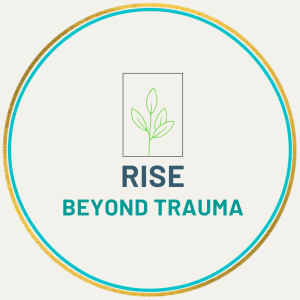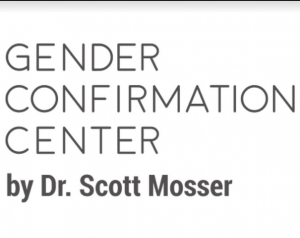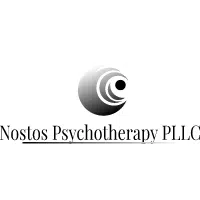Buy Clonazepam Online
However, it is typically not a first-line treatment for bipolar mania or mood stabilization. Clonazepam is more commonly used to address specific symptoms that may occur in individuals with bipolar disorder, such as anxiety or agitation. Here’s how clonazepam can be used in the context of bipolar disorder:
- Anxiety Reduction: Clonazepam has anxiolytic (anxiety-reducing) properties. It can help alleviate anxiety symptoms that often accompany bipolar disorder, whether during manic or depressive episodes. Managing anxiety can contribute to overall mood stability.
- Sedation: Clonazepam has a sedative effect, which can help calm individuals who may be experiencing heightened agitation or restlessness during a manic episode. It can help promote relaxation and reduce psychomotor agitation.
- Sleep Disturbances: Clonazepam can assist in managing sleep disturbances that are common in individuals with bipolar disorder. Proper sleep is crucial for mood stability, and clonazepam’s sedative effects can help with sleep onset and quality.
It’s important to note that clonazepam is typically prescribed in conjunction with other mood-stabilizing medications for bipolar disorder, such as lithium, mood stabilizers, or antipsychotic drugs. These medications are specifically designed to manage mood swings and manic or depressive episodes associated with bipolar disorder.
Clonazepam should be used under the close supervision of a healthcare provider who is experienced in the treatment of bipolar disorder. It is typically prescribed for short-term use, as benzodiazepines can lead to tolerance, dependence, and withdrawal symptoms with prolonged use. The decision to use clonazepam and the duration of treatment should be based on a comprehensive assessment of the individual’s symptoms and needs. Long-term management of bipolar disorder typically involves a combination of mood-stabilizing medications and psychotherapy, such as cognitive-behavioral therapy (CBT) or dialectical behavior therapy (DBT), to help individuals develop coping strategies and improve mood regulation.
Order Klonopin ONline
Dialectical Behavior Therapy (DBT) is a form of cognitive-behavioral therapy (CBT) that was developed by Dr. Marsha Linehan in the 1980s. DBT is specifically designed to help individuals who experience intense and overwhelming emotions, and it is commonly used in the treatment of borderline personality disorder (BPD). However, it has also been adapted and proven effective for other conditions, including mood disorders, eating disorders, and substance use disorders. Here are some key principles and components of DBT:
- Dialectics: The term “dialectics” refers to the idea that two seemingly opposing concepts or truths can coexist and be synthesized. In DBT, dialectics are used to help individuals understand and accept that their emotions and thoughts can be valid, even if they seem contradictory. For example, someone can have the valid experiences of needing to change while also needing to accept themselves as they are.
- Four Core Modules: DBT consists of four core modules, each addressing different aspects of emotional regulation and interpersonal effectiveness:
- Mindfulness: This module focuses on increasing awareness of the present moment, reducing judgment, and learning to accept experiences without trying to change them.
- Distress Tolerance: This module provides skills for managing crisis situations and intense emotions without resorting to harmful behaviors. It includes techniques for tolerating distress and getting through difficult moments.
- Emotion Regulation: This module helps individuals identify and manage their emotions effectively. It involves understanding emotions, reducing vulnerability to emotional dysregulation, and learning to change unwanted emotions.
- Interpersonal Effectiveness: This module focuses on improving communication and relationship skills, helping individuals set boundaries, express their needs, and achieve their goals while maintaining self-respect and healthy relationships.
- Individual and Group Therapy: DBT is often delivered through a combination of individual therapy sessions and group therapy. Individual therapy focuses on personal issues, while group therapy provides opportunities for skill development, peer support, and practicing new strategies.
- Validation: Validation is a key element of DBT. Therapists validate the emotions and experiences of individuals with the understanding that validation can help reduce emotional suffering.
- Hierarchy of Targets: In DBT, treatment is organized based on a hierarchy of targets, with a primary focus on behaviors that may be life-threatening or interfere with therapy. As individuals progress, the focus shifts to lower-priority targets.
- Phone Coaching: DBT therapists often provide phone coaching to clients outside of regular sessions, offering support and guidance during difficult moments.
- Commitment to Therapy: Clients in DBT are asked to make a commitment to attend therapy sessions and work on their therapy goals. This commitment is essential for the effectiveness of the treatment.
DBT has been shown to be effective in helping individuals with emotional dysregulation, self-harm behaviors, and difficulties in relationships. It provides a structured and supportive approach to managing intense emotions and developing healthier coping strategies. If you are interested in DBT, it’s important to seek a trained therapist or treatment program that specializes in this approach. BUY Ativan online
Cheap Klonopin Overnight















